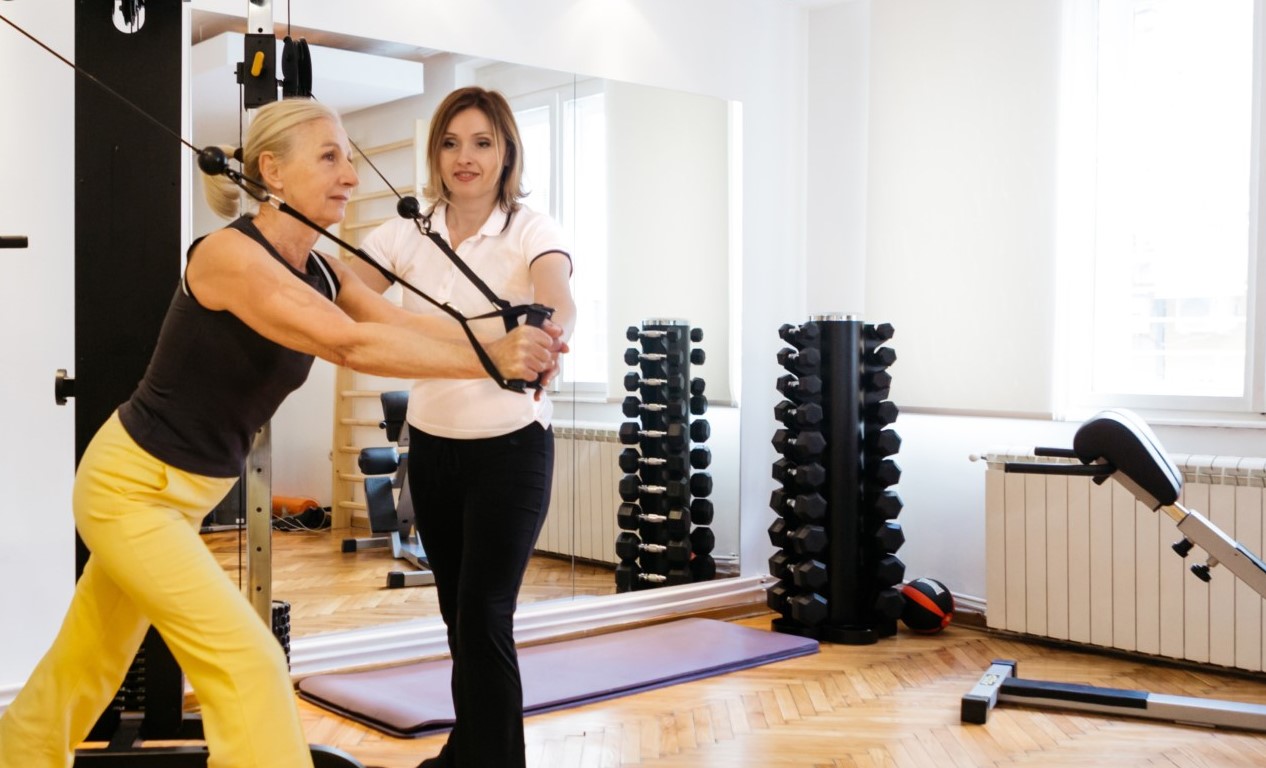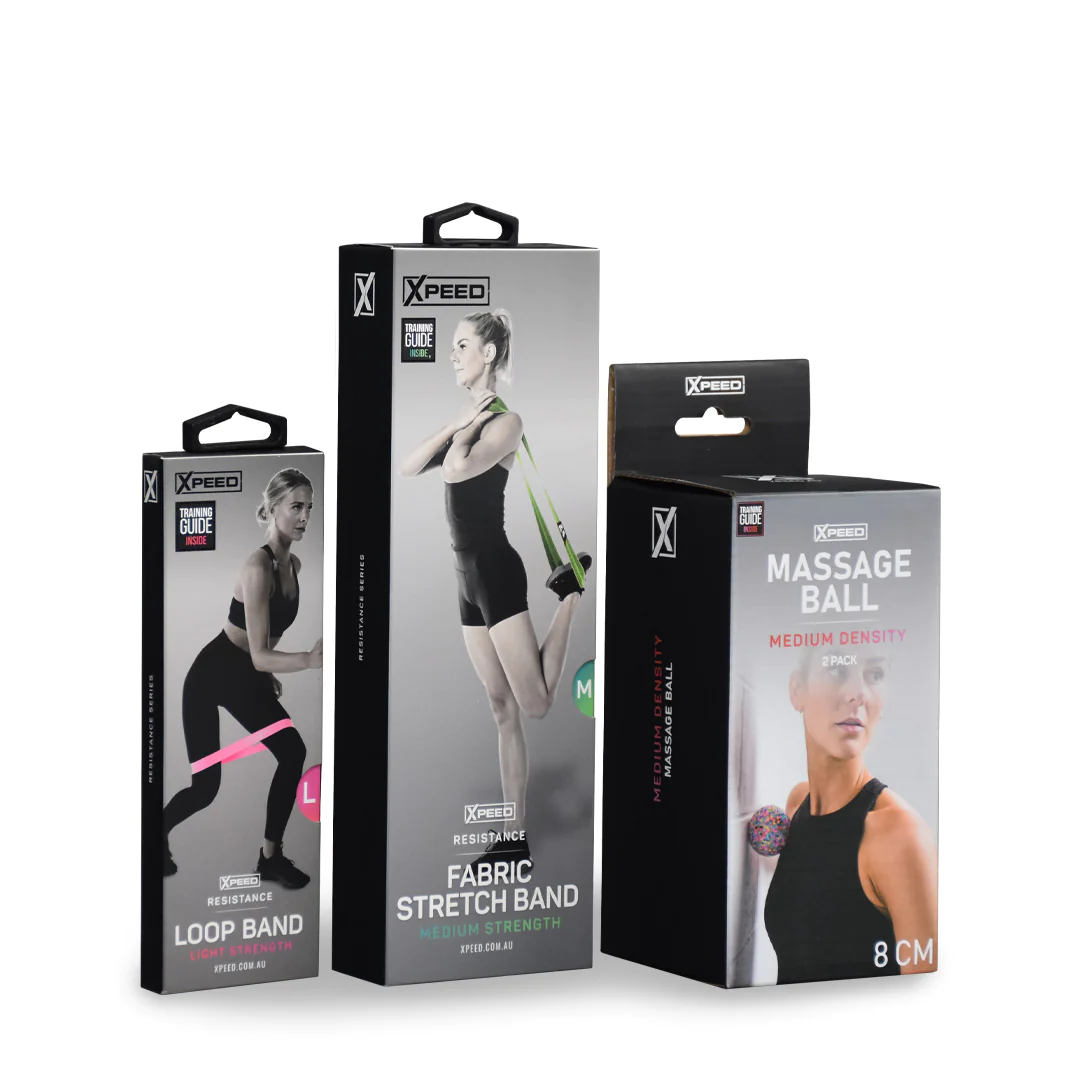If you watch almost any form of professional sport you may have heard the term ‘Load Management’ in recent years. Often the conversations on this topic are led by cranky former athletes tut-tutting that ‘back in my day we didn’t have load management, we just played!’
Yes, the term Load Management has been popularised in recent years. This is not because the athletes of today are soft compared with their predecessors. This is because those charged with preparing athletes to be at their best when they need to perform are now armed with a vast and growing body of evidence that supports Load Management.
And the evidence supporting Load Management is not confined to team sport athletes, or elites in individual sports. Published research shows that recreational, even novice runners should be considering how they are managing their training loads.
Show me the evidence!!
- A Systematic Review by Drew and Finch (2016) that included 35 studies found that across many sports, training loads were predictive of both injury and illness.
- A Systematic Review by Damsted er al (2018) found that runners were more likely to develop an injury if they; suddenly altered the velocity, distance and/or frequency of their running; increased their average weekly running by >30% versus <10%; and/or they had a sudden spike in their training volume the week before the injury occurred.
- In a Systematic Review and Meta-analysis by Videbaek et al (2015) (13 articles included) that looked at injury incidence per 1000hrs of running, novice runners were likely to experience more-than-double the amount of injuries per 1000hrs as recreational runners.
- A Systematic review by van Gent et al (2007) found that the most common site of injury in the runners in the included studies was the knee, but that training plans that gradually increased loads were protective against knee injuries.
I have provided the complete citations for each of these Review Articles for those that want to dig deeper into the evidence. I warn you though that this search is an absolute rabbit warren- like I said earlier, there is a vast and growing body of evidence on this topic!
Evidence is important in health. In this particular area though, the evidence is just reinforcing what common sense should already be telling us.
Stress > Recover > Adapt > Repeat
Running is a form of physical stress. When we allow adequate recovery our body gradually adapts to deal with this stress.
A well-structured training plan is really a balancing act between imparting a ‘dose’ of physical stress, then encouraging recovery strategies to enhance the adaptation process. Stress > Recover > Adapt. We repeat this cycle over a given period of time so that you can be as well prepared as possible for the event you are training for.
The evidence tells us that if we try to rush this process, if we build load too quickly and impart too much stress at any time point we can tip this balance and create injury. And if not injury, we can end up just becoming run-down and sick which can be terribly frustrating if you have an event looming on the calendar.
Load Management and Goal Setting
If you are training for a specific event do you have enough time between now and then to build load gradually?
Actually, I’ll be more precise than that. From your current training load, can you build upon that total load by no more than 10% per week up to when (if) you plan to taper?
Does your time-frame include some rest weeks and additional weeks for unforeseen circumstances?
If you can confidently answer YES! to those questions I don’t need to wish you good luck, as you are probably managing yourself impeccably.
If you cannot answer yes, then I recommend you seek something more reliable than luck. I suggest finding a good coach, experienced in Load Management for runners.
Damsted, C., Glad, S., Nielsen, R. O., Sørensen, H., & Malisoux, L. (2018). Is there evidence for an association between changes in training load and running-related injuries? A systematic review. International journal of sports physical therapy, 13(6), 931.
Drew, M. K., & Finch, C. F. (2016). The relationship between training load and injury, illness and soreness: a systematic and literature review. Sports medicine, 46(6), 861-883.
Van Gent, R. N., Siem, D., van Middelkoop, M., Van Os, A. G., Bierma-Zeinstra, S. M. A., & Koes, B. W. (2007). Incidence and determinants of lower extremity running injuries in long distance runners: a systematic review. British journal of sports medicine, 41(8), 469-480.
Videbæk, S., Bueno, A. M., Nielsen, R. O., & Rasmussen, S. (2015). Incidence of running-related injuries per 1000 h of running in different types of runners: a systematic review and meta-analysis. Sports medicine, 45(7), 1017-1026.














0 Comments